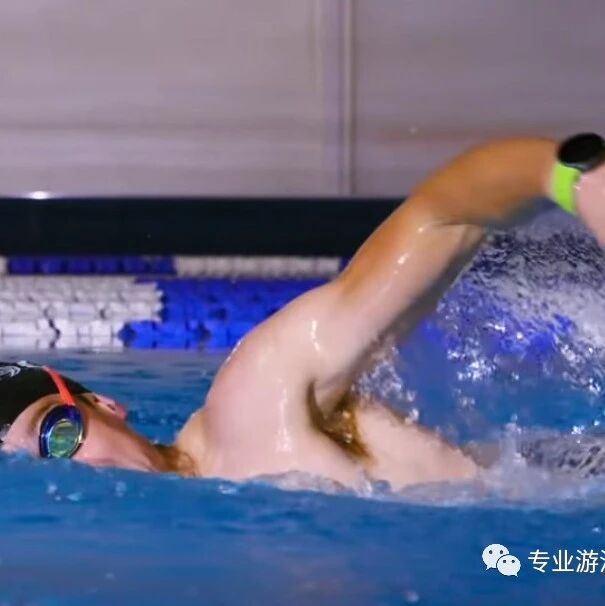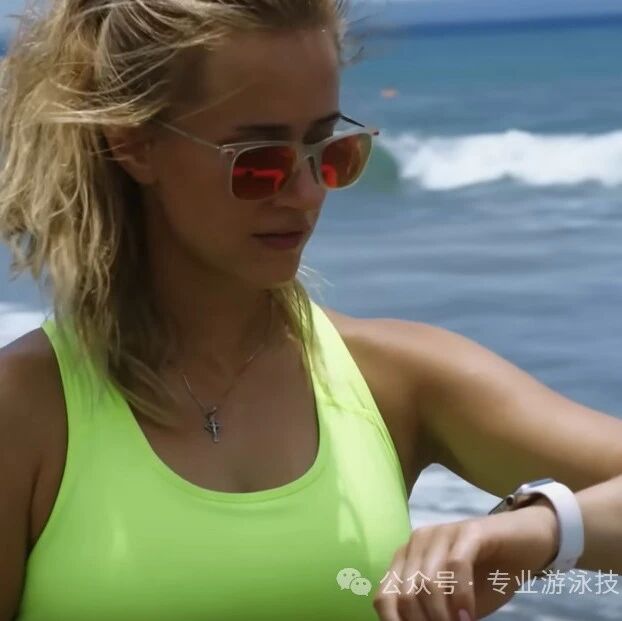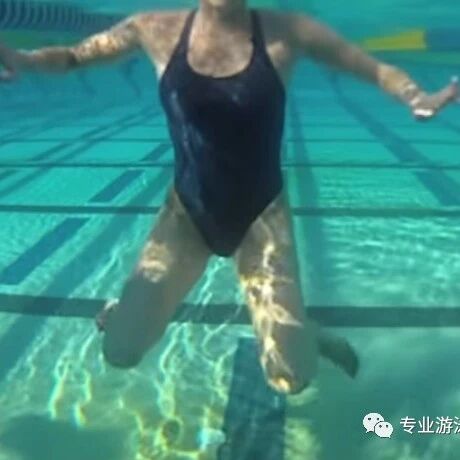How to find the sideways support? A detailed analysis of the body rotation movement in the full-submerged freestyle stroke
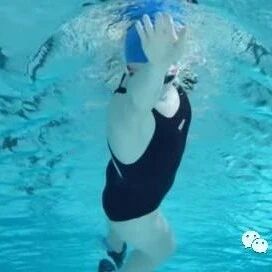
When being able to rely on your previous sense of water feels incredibly helpful, the key to swimming freestyle effortlessly and comfortably lies in pinpointing your body's natural balance point—as explained in this article. Once you’ve mastered finding that balance, you can move on to practicing the exercises highlighted throughout this piece.
All the elegance, ease, and efficiency displayed in the surface appearance of the full-body immersion freestyle are rooted in body balance and stability—and internally, they stem from a masterful application of the body’s natural gravitational forces. During the practice of full-body immersion freestyle, consciously feeling and mastering the shift of your center of gravity is absolutely essential.
If "balance" primarily means keeping the upper and lower body straight, avoiding any "one-sided tilt," then "stability" refers more to maintaining a rigid, upright posture—where the shoulders and hips move in sync during lateral rotations. And remember, stability is the foundation that enables smooth, controlled movement.
The more proficient a swimmer is at the full-body stroke, the clearer their body's centerline becomes during lateral turns. In fact, as they execute these turns, their body’s centerline barely sways—neither up and down nor side to side—indicating minimal energy loss. To make this easier to understand, imagine grilling skewers: no matter how the skewers roll or flip, the bamboo stick holding them simply rotates smoothly, with its position remaining perfectly steady throughout.
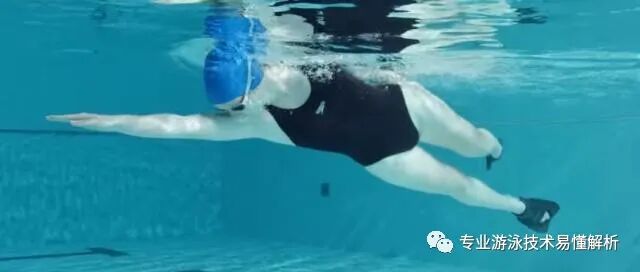
1. The key to body rotation lies in core strength—not in the arm stroke, nor in the kick.
Just as turning in place on land relies on core strength, the same principle applies underwater—core strength is the primary source of power. When you twist your body to the side in the water, it’s again the core that takes the lead, while your arm strokes and leg kicks serve mainly to provide additional propulsion and help accelerate the movement. If you feel strained during this lateral body rotation, it’s likely because you’re not actively engaging your core muscles—or perhaps you’ve lost sight of the priority order. Remember: first, activate your core to initiate the side turn, and only then follow up with your leg kicks to further enhance and speed up the motion.
Some swimmers mistakenly believe that kicking alone causes the body to rotate sideways—however, in reality, kicking primarily helps lift the legs upward without actually twisting the body. It’s the core muscles that truly drive the rotation. Moreover, even when using a whip kick, the power still originates from the core. Of course, in the early stages of whip-kick technique, the focus is on the thighs, while more advanced levels engage the hips and glutes.
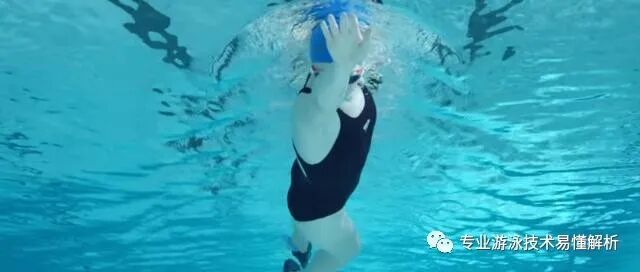
2. Master the support points after a lateral body turn
When lying flat in the water and finding your balance point, your body naturally resists sinking—this becomes even easier as you learn to relax your body and become more attuned to the sensation of being in the water. With practice, you can float effortlessly for extended periods without dipping below the surface. It’s worth noting that turning onto your side makes a significant difference compared to lying flat. While lying flat allows you to keep your upper and lower body aligned simply by gently engaging your core muscles, maintaining that straight posture becomes much trickier when you’re on your side. In addition to tightening your abs, you’ll need strong core engagement at the waist to keep your body stable and upright.
After turning your body sideways, you’re essentially lying on your side in the water—now your body has two points of support: your forward-reaching arm and your hips. The key for the arm lies in the position of your palm in the water, while the hip relies heavily on the engagement of your core muscles. That’s why adjusting the depth of your palm as you reach forward—and maintaining strong, controlled tension in your lower back—are both crucial to mastering this movement.
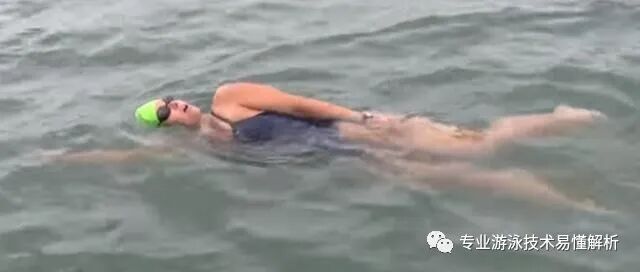
3. The True Meaning of a Body Turn
Weight shifting. In traditional freestyle, body rotation primarily helps maintain lateral body positioning, reducing water resistance and enabling the efficient engagement of the large shoulder and back muscle groups during the stroke. However, in Total Immersion swimming, body rotation goes far beyond this—it’s an essential movement integral to the technique of weight shifting.
Leverage momentum proactively. The body's sideways rotation divides it into left and right halves along the body's central axis. As the body turns, the upper half naturally tends to drop downward due to gravity—but of course, relying solely on the weight of the upper body isn’t enough. That’s where a crucial assist comes in: the arm that’s already moving upward toward the head plays a key role in enhancing this motion.
Action coordination: As the downward momentum builds, movements on both sides of the body become both (following the natural flow) and (actively driven). On one side, there’s a water-hugging, pushing motion; on the other, it’s an entry into the water combined with leg kicks.
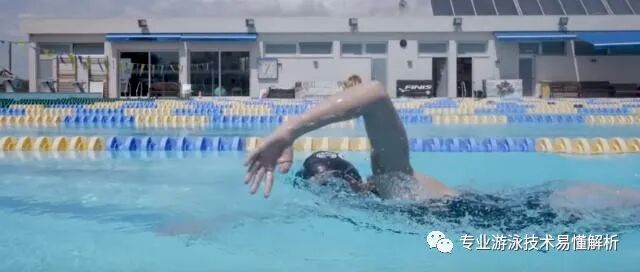
Swim forward with the gun held horizontally. Although maintaining body balance for an extended period after a side turn can be challenging, there’s still a technique: use the arm that’s already moving overhead. Keep this arm consistently above your head—just off to one side, not directly above—but make sure it doesn’t dip into the water. Since this arm remains fully above the surface, it adds extra weight to your upper body. As long as your core stays strong and prevents your torso from collapsing, your upper and lower body will naturally achieve the same balanced position as when swimming face-down. At this point, all you need to do is gently flutter your legs, and you’ll smoothly glide sideways through the water.
